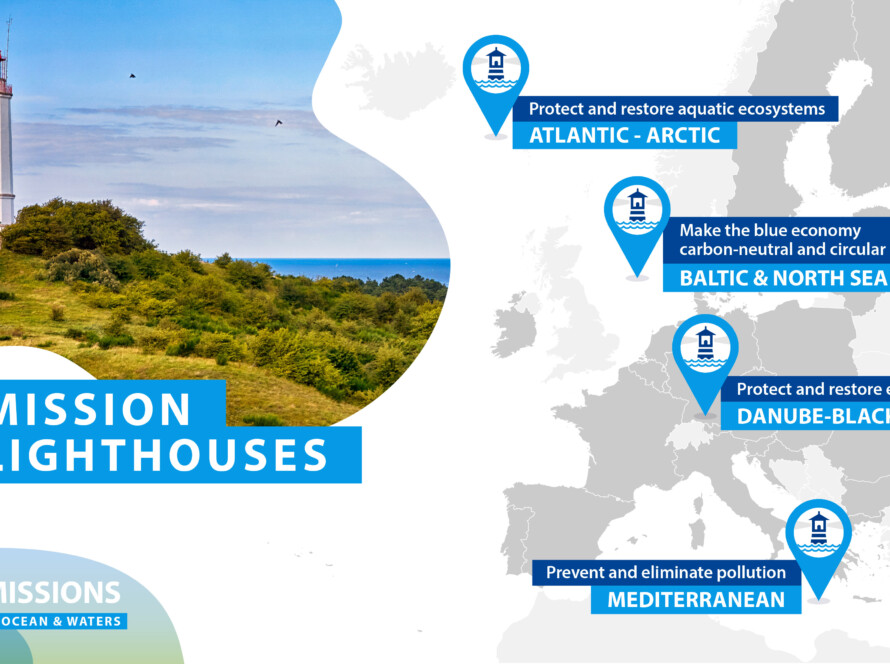
Why is an open data strategy important to AQUARIUS?
Data collection is a costly and time-consuming business. Data collected for one purpose can be used for another purpose. Making data available in a way that people can find it and use it maximises the benefit that can be derived from data collected with public funds. This is the principle of open data at the heart of AQUARIUS.
The scientific teams funded through the AQUARIUS transnational access programme will collect many new and diverse types of data as they use and combine multiple different observation infrastructures. AQUARIUS is committed to making these data open and FAIR (Findable, Accessible, Interoperable and Reusable) to maximise their re-use by other actors – be they research scientists, companies carrying out environmental impact assessments, public monitoring bodies, or civil society organisations.
How will we implement our open data strategy in AQUARIUS?
All scientific teams using the research infrastructures will commit to adopting a common AQUARIUS approach for managing and publishing the data they collect, as well as any resulting data products and knowledge (in the form of scientific papers, for example). This approach is laid out in the AQUARIUS Data Management Plan.
(Download the AQUARIUS Data Management Plan)
The scientific teams will be supported and guided in this data management approach by the AQUARIUS experts (data centre partners). These experts will work together with the scientific teams before, during and after their data collection activities.
The ultimate goal of the AQUARIUS data management approach is to make all data and data products openly available through established European data management infrastructures within the lifetime of the AQUARIUS project. The metadata, data and data products would then become part of the archives managed and operated by leading European data management infrastructures, such as SeaDataNet (physics, bathymetry, chemistry, biology, geology), EurOBIS (biodiversity), ELIXIR-ENA (biogenomics), ICOS-Ocean (carbon), and Copernicus INSTAC (Near- Real-Time data), for quality assurance, long term stewardship, and wide access and use. These infrastructures, in turn, are feeding into EMODnet, Copernicus Marine, Blue-Cloud (EOSC), Digital Twin of the Ocean (DTO) developments, and globally to e.g. GEOSS, and the digital ocean ecosystem that is being developed in the framework of the UN-IOC Ocean Decade programme.
How can we add value to the collected data?
AQUARIUS will also introduce and educate the scientific teams in the opportunities of open science as promoted and encouraged by the European Open Science Cloud (EOSC). The scientists will be able to explore and make use of the Blue-Cloud Virtual Research Environment (VRE) and related applications for further analyses and processing of AQUARIUS data into new data products and knowledge, which in turn would be made available in a FAIR way using the research infrastructure channels, Blue-Cloud catalogue, EOSC and Zenodo – the EU Open Research Repository. This could also include new analytical workflows and/or software that might be developed by AQUARIUS transnational access researchers in the Blue-Cloud 2026 e-infrastructure.
The strategy adopted by AQUARIUS is an example of best practice. You will be able to follow the progress of these projects and their data lifecycle via a dedicated AQUARIUS Dataflow Dashboard – as soon as the projects are up and running and collecting data!



